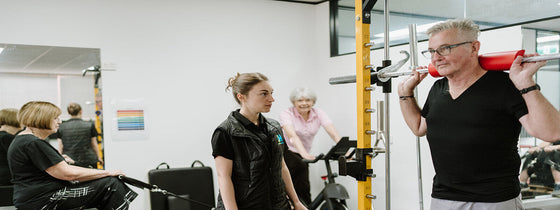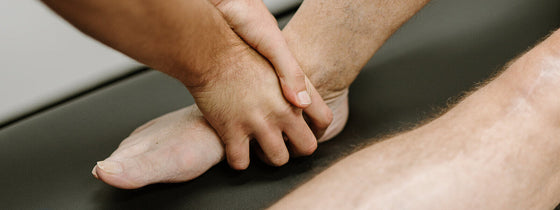Spring has started and the sun is out! Over the coming months as people spend more and more time in the garden, vege patch or working on their house, our OHL clinicians commonly see an increase in patients presenting with elbow pain. Often this pain is both directly related to the elbow, but it can also be related to dysfunction in your neck, upper back and wrists.
An increase in elbow pain is commonly associated with an increase in load (aka how much you are asking your joint, tendon and muscles to tolerate). As the weather improves, we all tend to spend more time using our shoulders, elbows wrists and hands fixing our houses, weeding, hammering and even folding the washing from our long days of spring cleaning… and then the elbow pain starts or worsens!
The most common type of elbow pain is called “lateral epicondylalgia” or, as its more commonly known, tennis elbow. Lateral epicondylalgia effects around 3% of the adult population and is most prevalent in people aged between 35-55 years. Lateral epicondylalgia is an acute and/or chronic injury to the tendon/s around your elbow. Tendons are the intermediate structure between our muscles and our bones, and an injury can happen to your elbow tendons when we are extending and supinating (twist) the wrist, hand and fingers. Pain from lateral epicondylalgia can be felt on the outside of the elbow and often also down into the forearm.
A common misconception of lateral epicondylalgia is that it can only occur as a result of playing tennis or racket sports. However, this is not the case! Commonly lateral epicondylalgia occurs as a result of unaccustomed wrist and hand use in activities such as hammering, painting, hedge trimming and even folding washing. All of these activities include repetitive gripping and twisting based motions at the wrist and hand, utilising the muscles (and more importantly tendons) that attach to the elbow and causing pain from unaccustomed use.
As we alluded to earlier, elbow pain isn’t always as it seems and may not be related directly to the elbow. Occasionally we see elbow pain that has resulted of shoulder and or neck injury. When a person develops a neck injury as a result of previous injury, poor posture or decreased strength, it can result in symptoms that progress down the arm and to the lateral elbow. This can be anything from a dull ache to pins and needles in the wrist and hand. Accompanying this, poor strength and mechanics in the shoulder can results in poor biomechanical use of the elbow during lifting, twisting and gripping based tasks, placing more stress through the joint, onto the weakened muscles and tendons, thus resulting in elbow pain that originated from the shoulder.
Considering the complex set of variables related to elbow pain we always need assess each client individually to ensure we are treating your specific painful structure and/or region. Our expert clinicians will provide the most effective treatment based off their findings, which generally involves wrist/elbow specific exercises, some soft tissue work, taping and education around load management.
If you or someone you know is suffering from lateral elbow pain the best way to manage this injury is to find out the original cause. Booking an appointment with one of our highly trained physiotherapists is the best starting point and we’ll get you back in the garden before the weeds get too high!

If you're experiencing back or neck pain with neurological signs and symptoms, a thorough neurological examination is crucial for accurate assessment and effective treatment. In this Optimal Tip learn more about what we mean by completing a neurological exam!

Squats, deadlifts, and calf raises are key movement patterns that should be part of every strength and conditioning program—regardless of age and activity level. These functional movements support joint health, improve posture and balance, and reduce the risk of injury while building strength where it matters most.

A ganglion cyst is a fluid-filled swelling that typically forms over a joint or tendon sheath, causing discomfort and pain, especially when pressing against nerves or joints. Proper assessment and treatment, including physiotherapy, are essential for managing symptoms and improving function in the presence of a ganglion in your hand, foot, or wrist.